Introduction of Shotcrete Vs Gunite
Important Point
- Shotcreting, often referred to as gunite vs shotcrete, and Guniting are one of the most important and widely used techniques in construction. Many might wonder about the difference between shotcrete and guniting.
- The purpose of using the shotcrete and Guniting method is the same but the process of application is different.
- Guniting and shotcreting are both different techniques. Many people do not know the difference between Guniting and shotcreting.
- Sprayed concrete is widely used in the construction of tunnels, underground structures, slope stabilization, structural repairs, and swimming pools
- In this article, you will get to know about the guniting and shotcreting process and the difference between Shotcrete and Gunite.
What Is Guniting?
- Guniting, sometimes referred to as guniting work, is a technique that consists of the pumping of mortar or concrete at a high velocity through a hose or spray gun to apply on the surface. This technique is often used in guniting wall construction.
- The Guniting process, which some might know by the guniting meaning, is also known as Dry Shotcreting. It is a process of spraying a mix of mortar or concrete at high pressure to the surface with the help of spray gun.
- Guniting is one of the most effective techniques which is widely used for the repairing of the concrete which is damaged.
- Guniting process is used in the slope stabilization dome construction of retention walls water tanks and pools etc.
- The process of converting has wide applications such as the strengthening of old structures, lining of the reservoir and canal, waterproofing of the surface which come directly with the contact of water.
Also, Read: What Is Guniting | Set Guniting Systems | Advantage | Disadvantage
Useful Article for You
- What Is a Contour Interval
- What Is Tile
- What Is the Difference Between a Shower Pan and a Shower Base?
- What Is Raft
- What Is a Window Panel
- What Is a Frame Structure
- What Is the Measurement for a Queen Size Bed
- What Is Considered Livable Space
- What Is One Way You Can Save Electricity?
- What Is Mdf Mean
- What Is a Bundle of Shingles
- What Is a Gallon of Water Weigh
- What Is Overhang
- What Is Sand Blasting
- What Is a Span Bridge
- What Is a Soil Stack
- What Is the Little Black Diamond on a Tape Measure
- What Is a Louvered Door
- What Is a Spread Footing
- What Is Leveling
Advantage of Guniting Process:
The various advantages of guniting process are as follows
- The Guniting process is economical as compared to other types of method.
- The dry mix can be prepared quickly as compared to the wet shotcreting mix.
- The guniting process is used in swimming pools and artificial caves to provide special shapes and features.
- The High compressive strength of the concrete can be obtained with guniting process.
Disadvantage of Guniting Process:
The various disadvantages of Guniting process are as follows
- The dry mix of concrete can clog or block the hose pipe during the application of concrete.
- The process of Guniting required a skilled operator.
- The quality of the work depends upon the operator.
- In this method, there may be chances of wastage of concrete.
What Is Shotcrete?
- The term Shotcrete, which can be understood by the guniting meaning in hindi for some, itself says that it is a technique in which the concrete is shot out through the hose is known as Shotcrete.
- Shotcrete is sprayed on the surface through a hose at a high velocity. Shotcrete is used with both wet mix as well as dry–mix
- Shotcrete can be done with both dry mix or wet mix. Shotcrete is placed and compacted properly.
- Dry mix process for shotcreting, in which water is added to the concrete mix at the nozzle.
- Wet mix process involves the mixing of all the ingredients required for concrete. In the case of wet-mix shotcrete process, the water content is controlled more accurately as compared to the dry-mix method.
- Shotcreting is the best method in which the concrete mix is applied in layers under the pressure of compressed air.
- The water cement ratio for shotcrete normally ranges within 35 to 0.50 by mass which is somewhat lower than for most conventional concrete mixes.
- Shotcreting process is done with the special unit which consists of a mortar gun. The dry mix of cement sand and aggregate is prepared in the appropriate proportion for the process of shotcreting.
- There are different types of shotcreting machines are available which help to control the complete process and make it easy.
- The Shortcrete is widely used for the repairing of the structure and earthquake damage. Shotcreting method is very helpful in underground mining.
Useful Article for You
- Moment Frame
- Monolithic Slab
- Zero Force Members
- How Much Does a Yard of Concrete Weigh
- Cmu Wall Meaning
- Gradient Road
- Pile-Cap
- Budget Sunroom Ideas
- What Is Gypsum Board
- Types of Vaulted Ceilings
- Well Points
- How Does Baking Soda Remove Blood from Carpet
- What Are Forms in Construction
- How Heavy Is Dirt
- Tender Meaning in Architecture
- Dark Olive Green House
- Cast in Place Concrete
- Lean to Roof
- What Is a Pitched Roof
- How Tall Is an Average Door
Advantage of Shotcreting:
The various advantages of shotcreting process are as follows
- The process of shotcreting forms a strong and uniform layer of concrete on the surface.
- The shotcreting process is more economical as compared to conventional concrete which required formwork.
- Shotcreting is suitable for the construction where the formwork cannot be installed.
- The concrete can be applied to one nozzle from a safe distance.
Disadvantage of Shotcreting:
The various disadvantages of shotcreting process are as follows
- The concrete in the process of shotcreting is premix so that it is necessary that it has to be applied quickly.
- There may be chances of developing crack if more water is added in the premix concrete.
- The process of shotcreting is a little bit expensive as compared to guniting process.
Difference Between Shotcrete and Gunite
The difference between shotcreting and Guniting are as follows
|
Sr.No. |
Shotcreting |
Guniting |
| 1 | Shotcreting is a technique of spraying of concrete on the surface at high pressure. | Guniting process is a technique of spray mix of mortar and concrete at high velocity. |
| 2 | The Shotcrete process can be done with both dry mix as well as wet mix. | The guniting process is carried out with only dry mix. It is also known as dry shotcreting. |
| 3 | In the shotcreting process large size of aggregates can be also used. | In the guniting process small size of aggregates are used. |
| 4 | Shotcreting process is used for or large quantity of work. | Guniting or dry shotcreting process is used for the small quantity of work |
| 5 | Formal operating labours can be also work ok in the shotcreting process. | High skilled labour is required for the greeting process. |
| 6 | The waste created by the sprayed concrete in case of shotcreting process is less. | The waste created by the spread concrete in case of guniting process is more. |
What Is Gunite?
Gunite is the popular trade term for dry-gun concrete, while shotcrete is the common term for wet-gun concrete. With the gunite method, the dry concrete ingredients are placed into a hopper and then pushed out pneumatically through a hose to a nozzle.
What Is Shotcrete?
Shotcrete or sprayed concrete is concrete or mortar conveyed through a hose and pneumatically projected at high velocity onto a surface, as a construction technique, first used in 1914. It is typically reinforced by conventional steel rods, steel mesh, or fibres.
Shotcrete Vs Gunite
Gunite and shotcrete are essentially the same material, but they are applied with different processes.
- Gunite is the popular trade term for dry-gun concrete, while
- shotcrete is the common term for wet-gun concrete.
Gunite Vs Concrete
Firstly, unlike concrete, which uses large and small aggregates, gunite only uses small particles. As we stated earlier, concrete comes ready mixed. With gunite, on the other hand, a dry mix is fired through a hose with the water being added at the point of delivery.
Is Gunite Stronger Than Concrete?
when building gunite pools, you can stop and start without any problems, which will help give a smoother finish. Using gunite can be more time-consuming to apply than concrete because you need to do the mixing on-site, and there could also be hold-ups if the dry mix clogs up pipes during the process.
Like this post? Share it with your friends!
Suggested Read –
- Cement Unit Weight
- Mat Foundation Vs Spread Footing
- Dam Advantage and Disadvantage
- Polysulfide Sealant Vs Polyurethane Sealant | Functions of Sealants | What Is Polysulphide Sealant | What Is Polyurethane Sealant
- What Are Survey Levelling | Important Terms Related to Levelling | What Are Different Types of Levelling | Types of Trigonometric levelling
- Parking In India | What Is Parking | Parking Statistics | Types of Car Parking | How to Park a Car Perpendicular | Types of Parking Spaces
- Building Layout | How to Building Layout | What Is Method of Layout of Building | Control Lines of Construction | Construction Layout
- What Is Road Pattern | Different Types of Road Patterns | Grid Pattern Definition | Radial Pattern | Rectangular or Block Pattern | Minimum Travel Pattern
- Definition of Shear Force and Bending Moment | What Is Shear Force | What Is Bending Moment | Relation Between Loading, Shear Force & Bending Moment
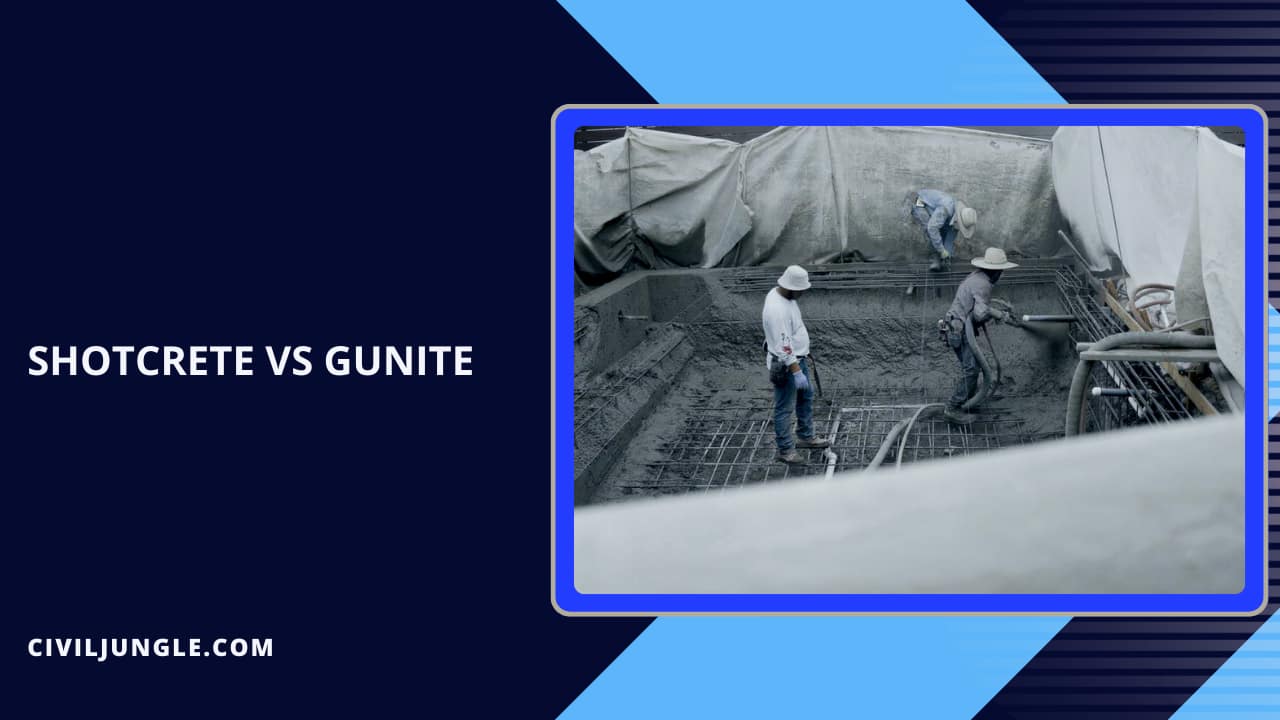
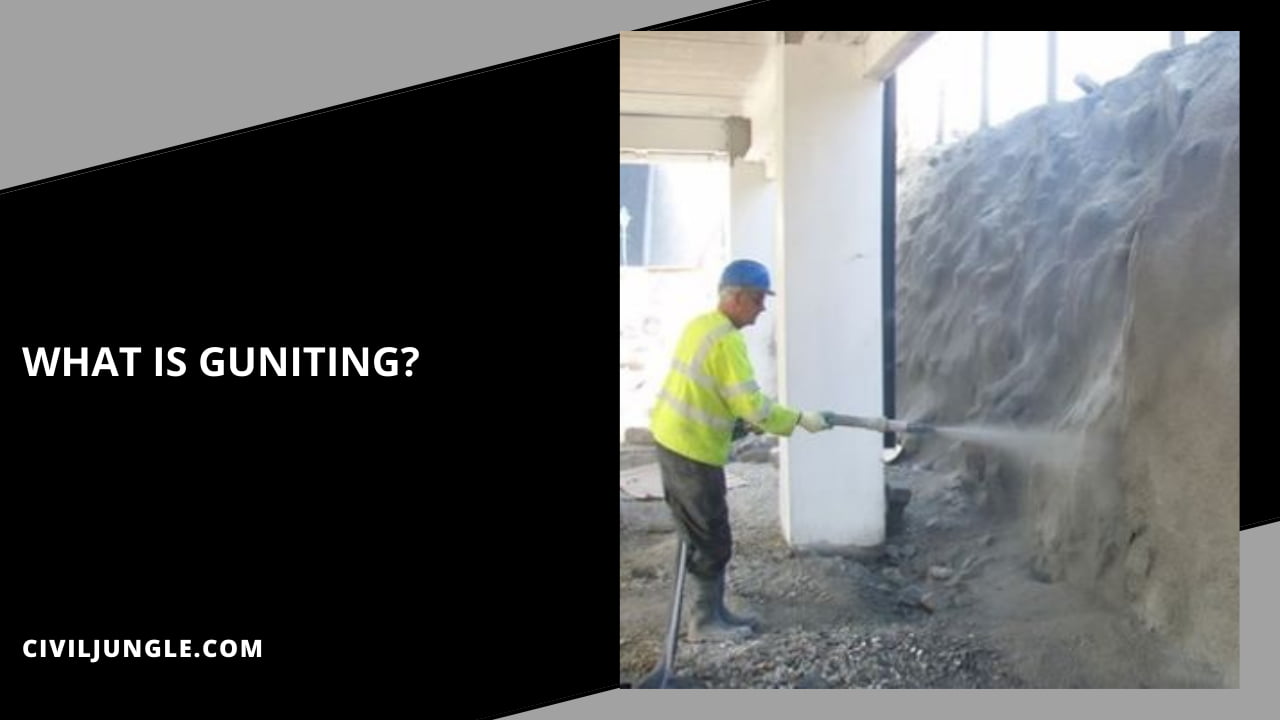
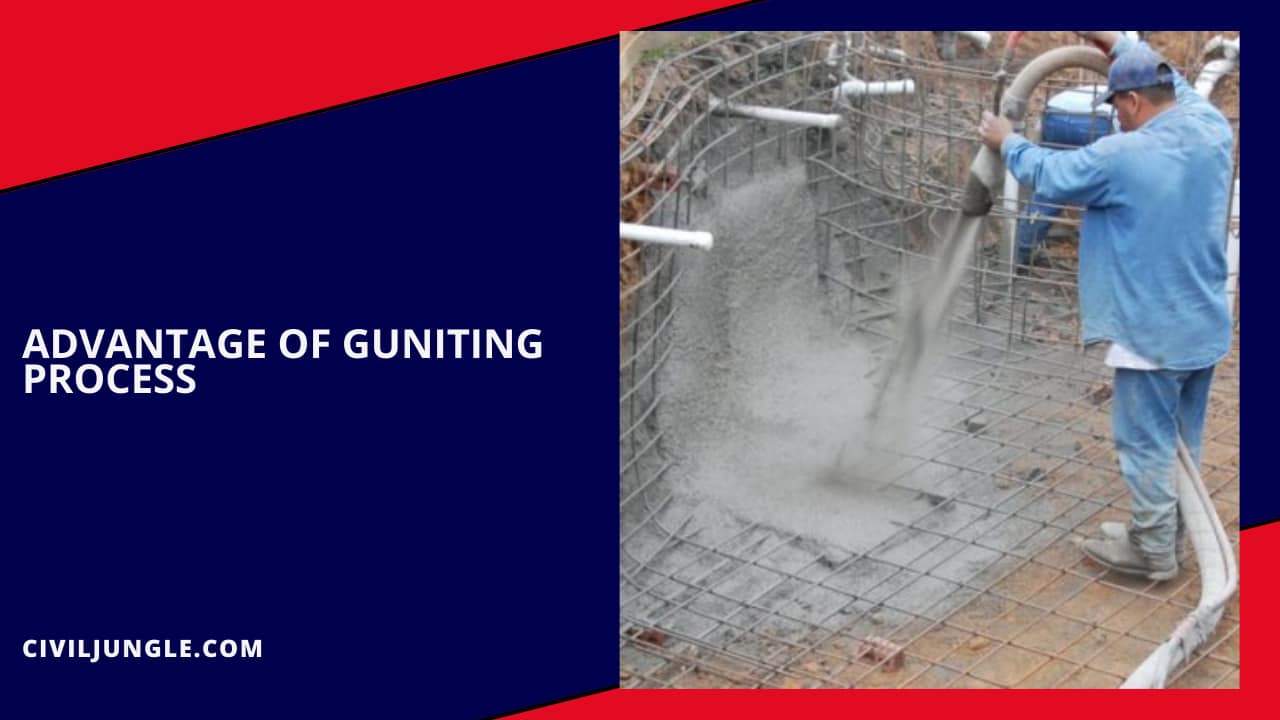
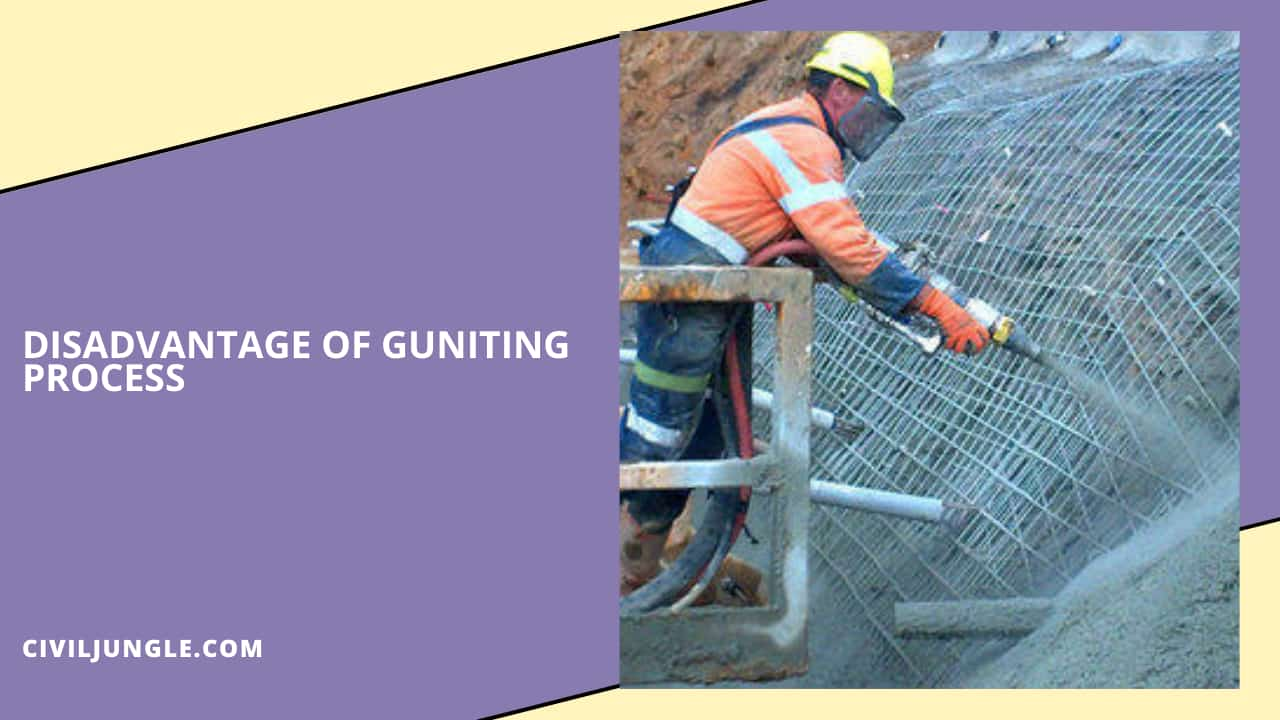
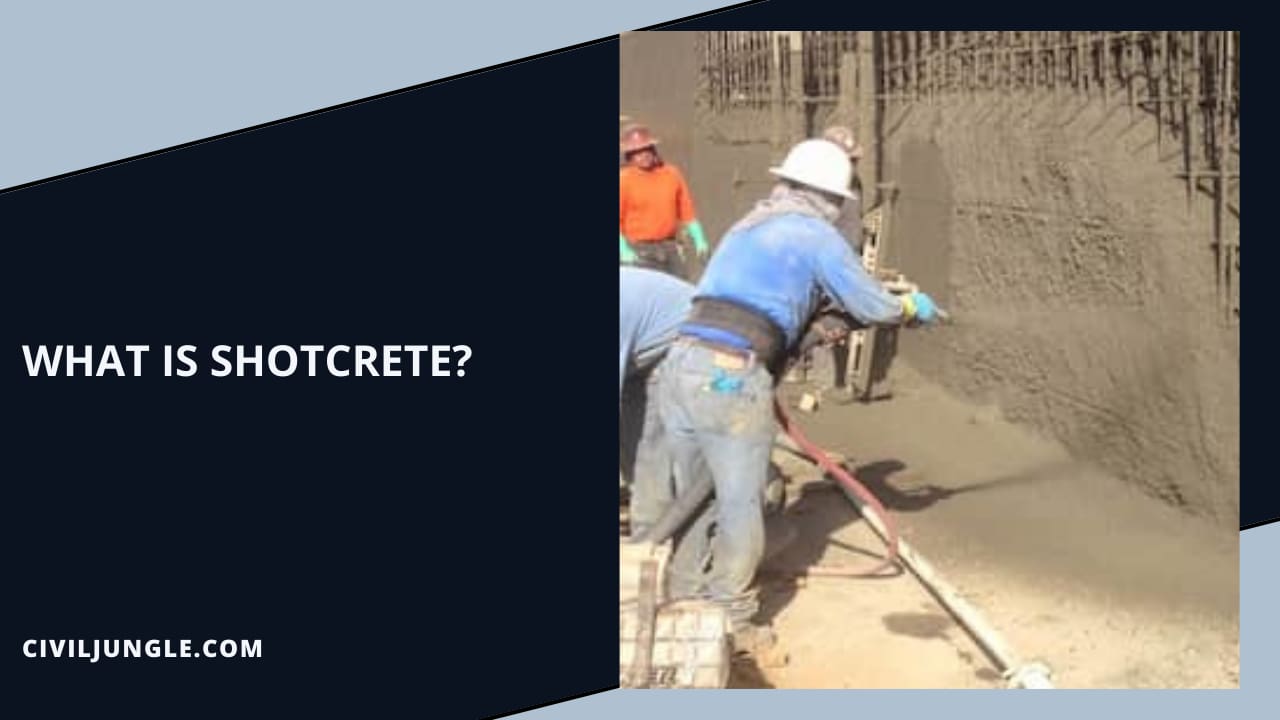
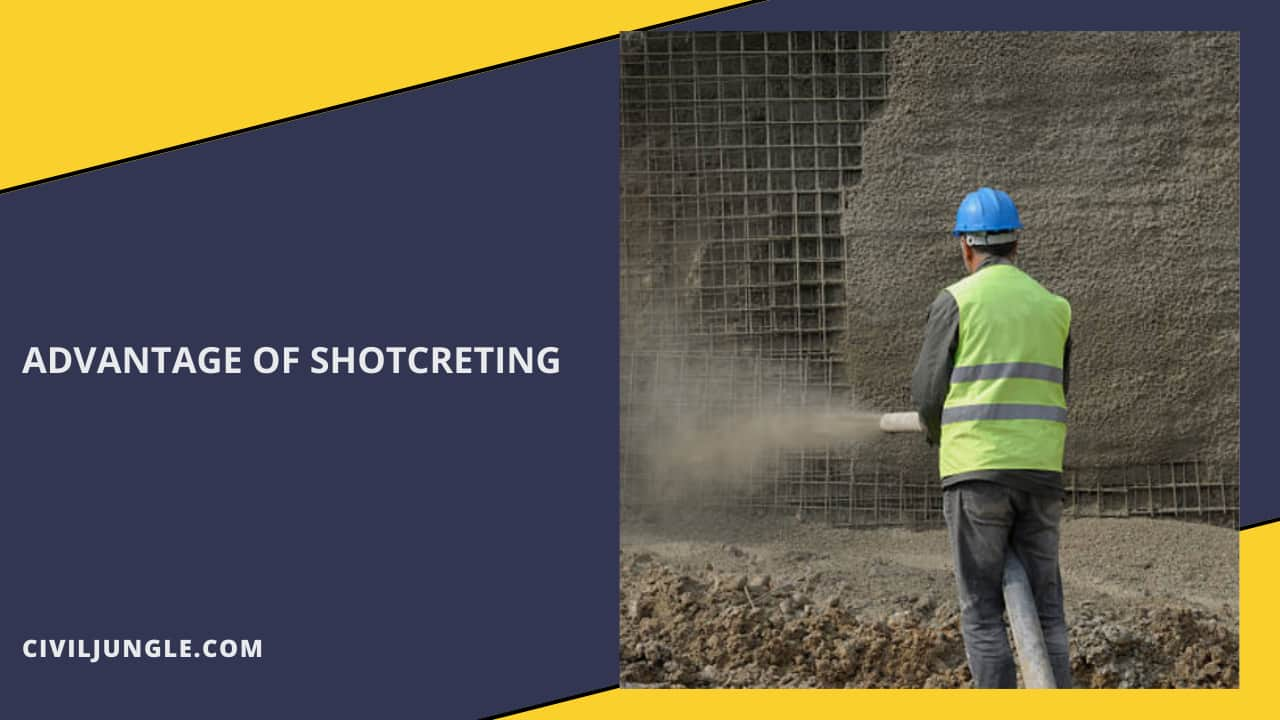
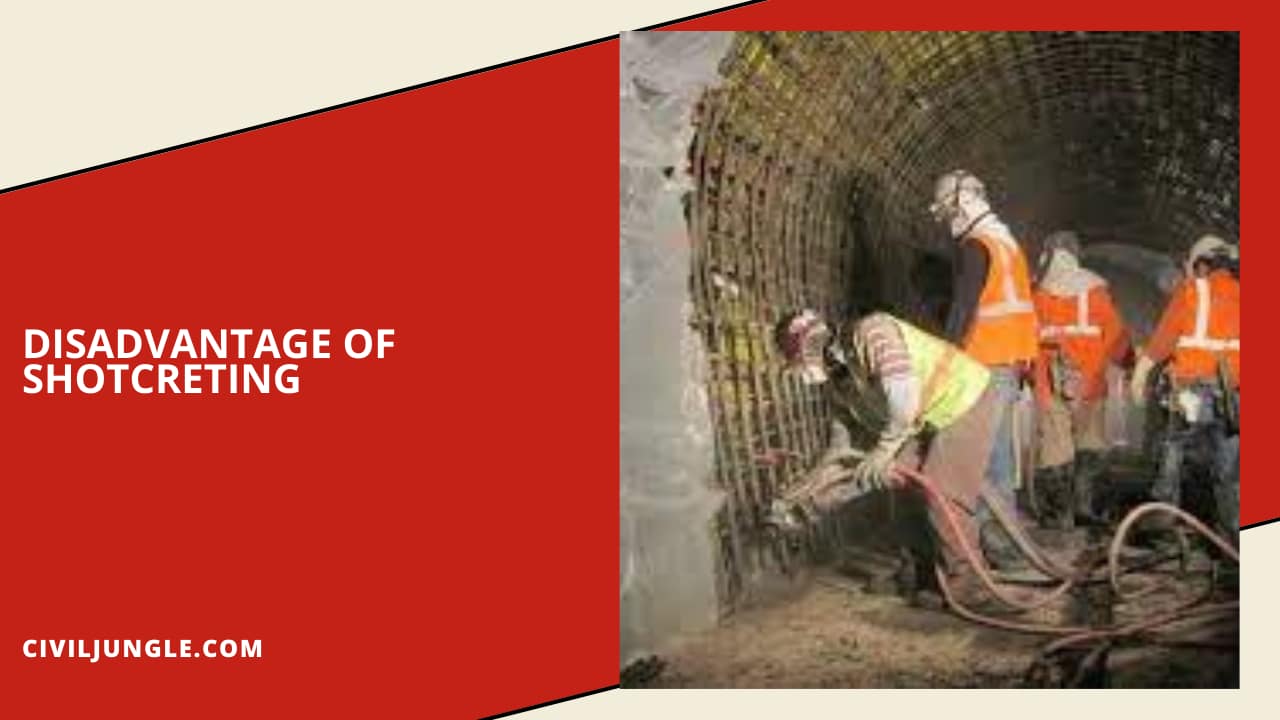
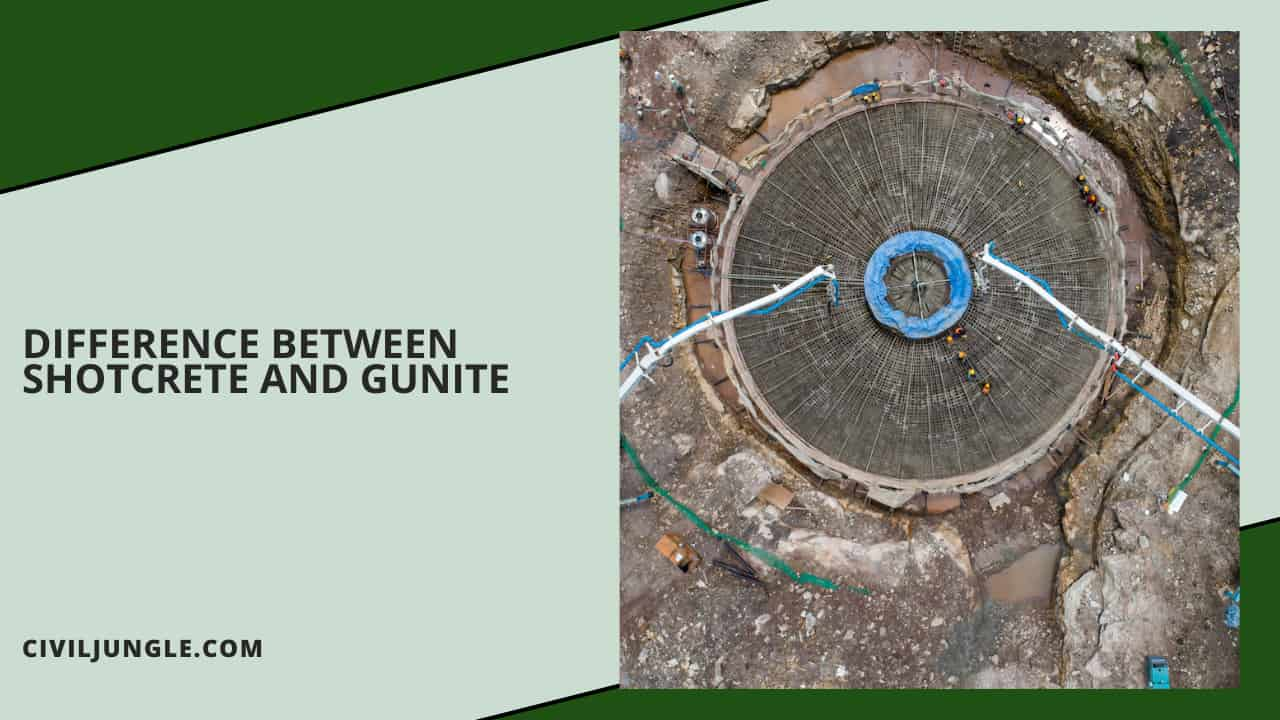

If you are looking for pool builders and mixers for producing Gunite and Shotcrete, get in touch with ProAll INC. They have a fantastic range to suit different requirements whether big or small. You can reach them through their website or directly via call.